By Mieke Beumer
In 2002 the Indian government issued a stamp commemorating Sido Murmu and Kanhu Murmu for their bravery. The brothers had led an insurrection on June 30 1855, which is still celebrated annually as the Santhal Hul. The Santhals (Santals) are a large ‘tribal’ community spread across northeastern India and neighbouring regions, notably in today’s Union State called Jharkhand. They had rebelled against British colonial rulers, their tax-leviers (zamindars) and others who had evicted the Santhals from their lands.

Ten years before the stamp’s issue, a new university had been founded in Dumka, the capital of Jharkhand’s Santhal district. This university was named after the legendary rebel leaders: Sido Kanhu Murmu University (SKMU).
When I saw the stamp recently on the Internet, I wondered why one of the depicted men seemed so familiar. But where could I have seen his face before?
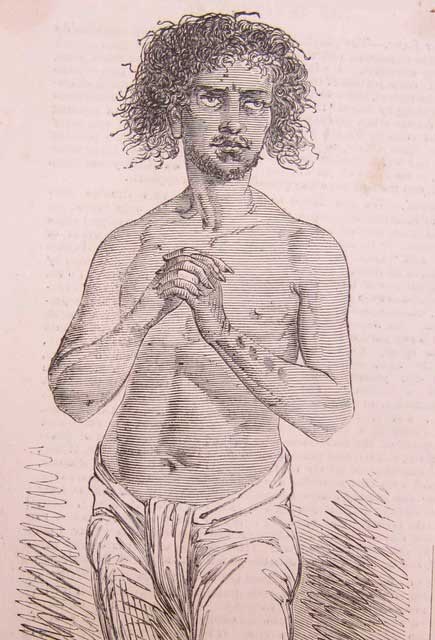
While working for the Artis Library (the former library of the Amsterdam Zoological Society Natura Artis Magistra, now Special Collections University of Amsterdam) in 2006, I assisted in preparing the digitizing of zoological images belonging to the Iconographia Zoologica. This is a sizeable ‘paper image database’, comprising many thousands of zoological prints and drawings. In the 19th-century, these images had been compiled from several collections and systematically arranged based on taxonomical features. The most important source turned out to be the Atlas Zoologique, compiled by the Dutch physician, veterinarian and zoologist Th. G. van Lidth de Jeude (Tiel 1788 – Utrecht 1863).
Zoologist Robert T. Maitland (The Hague 1823-1904) had acquired this Atlas Zoologique at an auction in 1866 to supplement his personal collection of images. This he sold to the Royal Zoological Society ‘Natura Artis Magistra’ in Amsterdam 1881. He was also assigned with merging his collection with those of the society, and also with classifying them in accordance with new standards. Most images in the collections were loose prints, illustrations cut out of magazines and books, sometimes glued on paper, while several also happen to be unique drawings. After sorting out Maitland glued them onto new quarto sheets of paper and complemented them with handwritten notes.
Illustrations pertaining to Homo sapiens – already a sub-category of the animal kingdom in earlier collections – are also part of the Iconographia Zoologica. Maitland reaffirmed the highest position assigned to Homo sapiens by labelling the first three wooden ‘book boxes’ ‘BIMANA – Homo sapiens’ (I to III) and placed them up in front of the shelves. Today, the image sheets having been digitized and repacked in acid-free boxes, the original order of the old wooden boxes on the shelves has, however, been lost; and with it a hierarchy 19th century scientists regarded as significant.
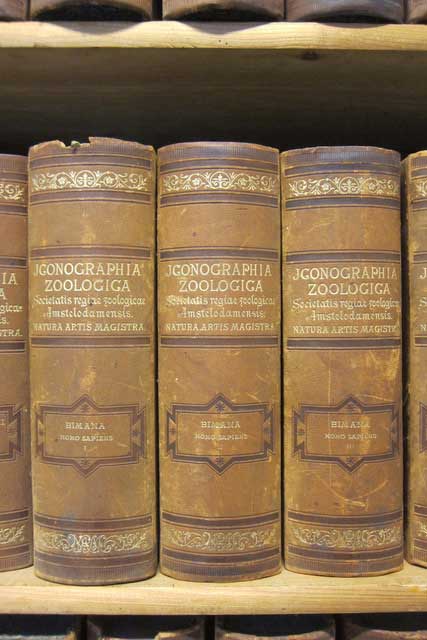
Boxes ‘BIMANA – Homo sapiens’ I and II were reserved for depictions of human beings from all over the world. They were neatly arranged in covers with handwritten titles in Dutch: ‘Europa’, ‘Afrika’, ‘Maleisische Archip.’, ‘Esquimaux. Kamschatka’, ‘Arabieren. Abyssinië’, ‘Oost-Indië. China. Japan’, ‘Australië’ and ‘Amerika’. This new classification system clearly differed from that Van Lidth de Jeude had followed in his Atlas Zoologique. His original file was labelled ‘De la diversité des types du genre humain’ [Of the diversity of human species], and arranged according to skin colour, i.e. under “white”, “yellow”, “brown”, “red” and “black”.
Box III contains pictures of human anatomy, facial expressions, reproduction, and physical deviations.
Maitland’s meticulous systematic arrangement would not survive the 20th century intact, at times with curious results: among the images in box I – in an envelope labeled ‘Malaysian Archipelago’ – I came across two portraits of Persians, and also a sheet with the specification Hindostan.
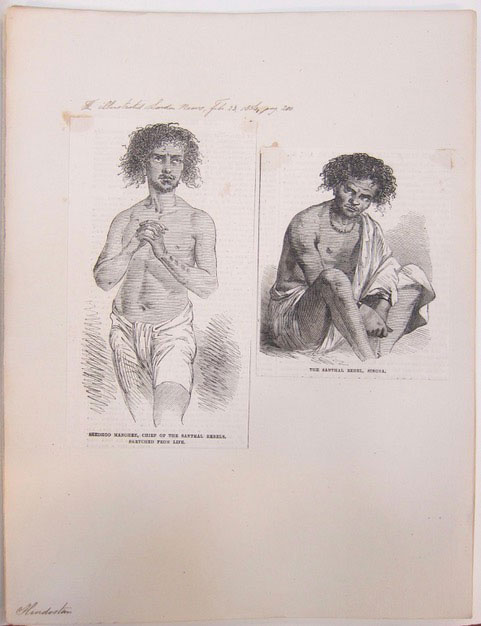
Two wood engraving prints, both depicting an Indian, are glued onto this sheet. A note written on top reveals that these images were cut out of the Illustrated London News of 23 February 1856, page 200. The printed caption of the left illustration reads: ‘Seedhoo Manghee, chief of the Santhal rebels. Sketched from life.’ The illustration right has the caption: ‘The Santhal rebel, Singra.’ That’s all information provided here. And more information was hardly needed at the time when this sheet was prepared: after all, it was meant to illustrate ‘the human species’ as such!
Having become curious about the context of these two cuttings, I searched for the original issue of The Illustrated London News dated 23 February 1856. On page 195, under the headline ‘Suppression of the Santhal insurrection’, I found a detailed report on a mass uprising that had taken place in November 1855 and brutally put down: 15.000 Santhals lost their lives and dozens of villages were destroyed. This article also happens to introduce a virtually unknown tribal community to a wider readership for the first time. Its credits merely mention the notes taken by an unnamed officer of the Bengal Army, said to have been in close contact with the Santhal people. He also supplied the drawings after which the wood engraving illustrations were made.
On page 196 the text continues with large prints for illustrations, and these captions: ‘Attack by 600 santhals upon a party of 50 sepoys, 40th regiment native infantry’ and ‘Hill village in the santhal country’. The adjoining page contains one large print: ‘The 45th regiment, native infantry, burning a santhal village and recovering plunder’.
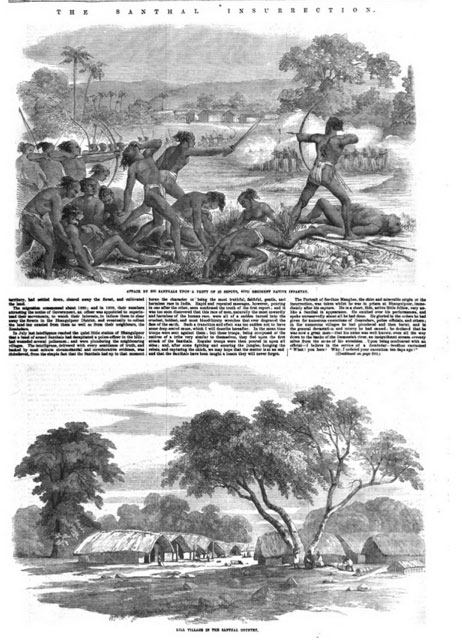
More text follows on page 200, again richly illustrated: the print below depicts ‘Searching for Santhal rebels’, two other prints show the weapons the rebels used: bows and arrows, knives and hatchets. On top of the page the we find our now familiar portraits of the two captured rebels: Seedhoo Manghee en Singra.
As for Singra, no more is told here than the vague notion that he ‘presents a good type of the Santhal physiognomy in general’; but his fellow rebel, Sidhu Murmu, is paid greater attention by the editors: here he is called ‘Seedhoo Manghee’ (Sidhu Manji, leader). He had started the insurrection in June 1855, together with his brothers Kanhu, Chand, Bhairat, Jhano, and Phulo. On July 24 Sidhu, his brother Kanhu and many others were taken prisoner, and eventually executed by hanging.

The portrait of Sidhu Murmu in The Illustrated London News has since become iconic. Being sketched after life, it is still being used, for instance for the 2002 stamp commemorating the founding of Sido Kanhu Murmu University. It has also been used by the makers of countless statues seen all over Jharkhand, and often adapted for use in illustrated books and movies. The original portrait, however, can be traced to a sketch made by Walter Stanhope Sherwill (1815-1890). He was the officer of the Bengali Army, mentioned in the text, who reported on the Santhal insurrection. He served the East India Company from 1834 till 1861, and worked as surveyor, map-maker and since 1853 as boundary commissioner in the than Bengali Presidency, now divided into West Bengal, Jharkhand and Bihar. This work gave him much knowledge of the area and brought him in contact with the indigenous population. During the Santhal insurrection he functioned mainly as guide, in the rank of lieutenant-colonel.
As early as 1851 Sherwill served as correspondent for The Illustrated London News (mostly anonymously) which also reproduced many of his other sketches, some credited to his pseudonym, ‘Stanhope’. Recently Adivaani, an Indian publishing house founded by Santhals, has published a book about him and his work.
So an insurrection that took place over 150 years ago is still fresh in the Santhals’ collective memory, its anniversary celebrated in grand style as the Santhal Hul, and recorded in monuments, statues, movies and publications including story and childrens books.
In the Artis Library, now part of the Special Collections of the University of Amsterdam, the iconic images of these rebels still hold pride of place, thanks to Robert T. Maitland for whom they represented all inhabitants of ‘Hindostan’ (India) in his Iconographia Zoologica. And through them, all the indigenous peoples of India, since then variously identified as adivasi or scheduled tribes.
Links
- Dutch version: Rebellen in de Artis Bibliotheek
- Official website of Sido Kanhu Murmu University
- Visit the official Iconographia Zoologica website
- View the online version of The Illustrated London News
- Learn more about Adivaani’s book on W.S. Sherwill
- Watch a video by Daniel J. Rycroft on the Santhal Hul
- Learn more about Adivaani’s childen’s book on the Santhal Hul
Mieke Beumer is an art historian and served the library of Amsterdam University (UvA) in several capacities: as Cataloguer of Visual resources and Non-Book material at the Centre for Documentation of Social Movements; as Information Specialist Art (Art History); as Coordinator of Exhibitions; and as Adjunct Curator at Artis Library (UvA Special Collections).
Find publications by reputed authors (incl. Open Access)
Find scholarly books, poetry and fiction relating to tribal culture – Indian publishers
List of sites covered by this Google custom search engine
To find children’s and educational books or search Indian periodicals, magazines, web portals and other sources safely, click here >>
Search tips
Combine the name of any particular state, language or region with that of any tribal (Adivasi) community.
Add keywords of special interest (health, nutrition endangered language, illegal mining, sacred grove); learn about the rights of Scheduled Tribes such as the “Forest Rights Act” (FRA); and the United Nations “Declaration on the Rights of Indigenous Peoples”, “Universal Declaration of Human Rights”, “women’s rights”, or “children’s right to education”.
Specify any other issue or news item you want to learn more about (biodiversity, bonded labour and human trafficking, climate change, ecology, economic development, ethnobotany, ethnomedicine, global warming, Himalayan tribe, hunter-gatherers in a particular region or state, prevention of rural poverty, water access).
For official figures include “scheduled tribe ST” along with a union state or region: e.g. “Chhattisgarh ST community”, “Scheduled tribe Tamil Nadu census”, “ST Kerala census”, “Particularly Vulnerable Tribal Group Jharkhand”, “PVTG Rajasthan”, “Adivasi ST Kerala”, “Adibasi ST West Bengal” etc.
In case the Google Custom Search window is not displayed here try the following: (1) toggle between “Reader” and regular viewing; (2) in your browser’s Security settings select “Enable JavaScript” | More tips >>
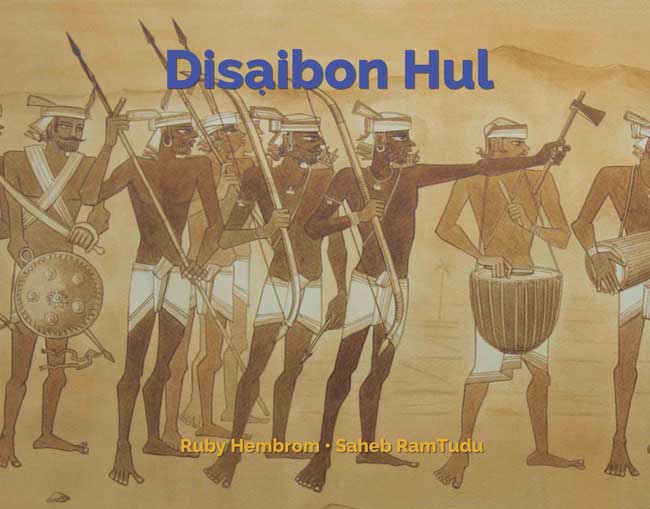
Hul (Santal rebellion 1855-1856) | Santal Parganas | Tribal freedom fighters >>